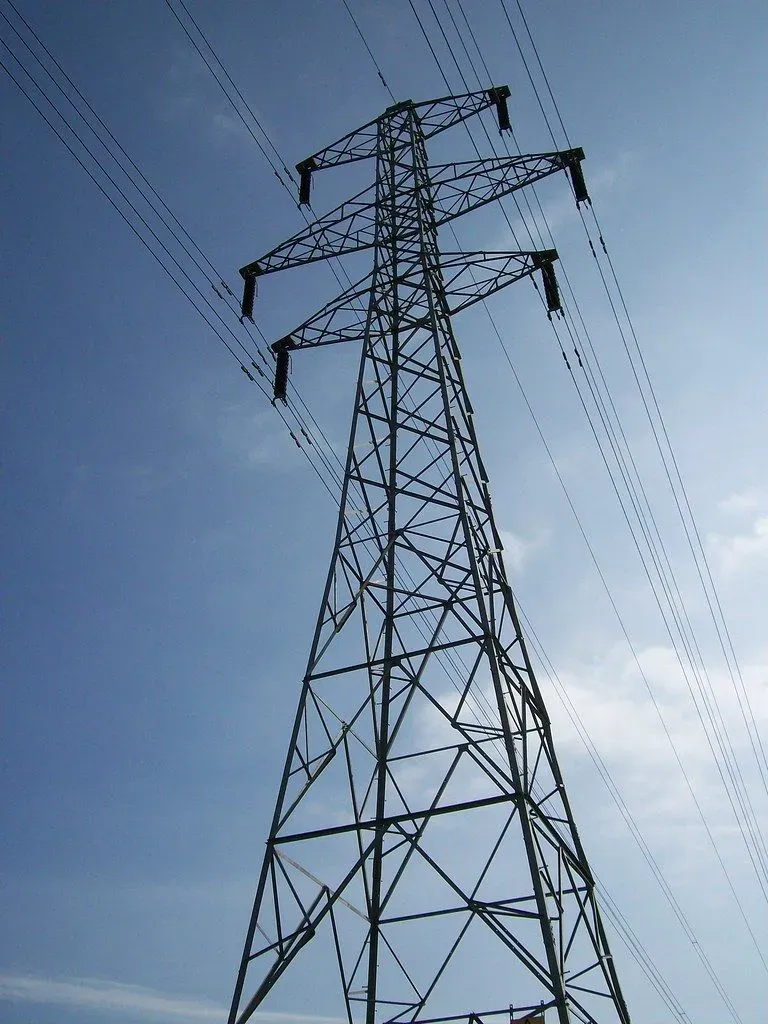The RA held a stakeholder workshop on 23 November to provide an update on the next steps of the project following the publication of the decision paper on the System Services Future Arrangements High Level Design (SEM-22-012) in April 2022. The objective of the SSFA is to deliver a competitive framework for the procurement of System Services, that ensures secure operation of the electricity system with higher levels of non-synchronous energy.
Questions from industry stakeholders made up a significant portion of the workshop with most interest in the timeline for delivery of the transition to competitive procurement, detail surrounding layered procurement across markets, and product suitability. Commentary on some of the topics was provided, detailed below, but specific information was not forthcoming. Much should become clear when the SEM Committee (SEMC) publish an information paper on the transitional arrangements in Q1 2023.
Information from the workshop on the transition pathway included:
-
There is a need to extend regulation arrangements beyond 2024 as the SSFA enduring framework will not be released before then. There is an allowance for two 18-month extensions, so far a 12-month extension period has been utilised. The detailed timeframe will be outlined in the paper due in Q1 2024. The TSO (Transmission System Operator) is working toward an October 2025 deadline, but RAs of the opinion that it will be 2026.
-
A complete review of tariff rates will be completed within 12 months.
-
The transition will move to deliver competitive procurement of some products in the medium term (2-3 years), although there was no additional clarification on which products, or volumes of service this might include. There is potential for further engagement with industry on this.
-
The detailed design of daily auctions for some services is ongoing with a view to deliver along with enduring future arrangements framework.
-
Follow-up questions sought clarity on:
-
In terms of revenue stacking across markets the RAs thinking at present is that it should be possible to participate in all markets, and providers will be responsible to manage their commitments to all markets. The application of firm access across markets will require clarification. The detail will be finalised and will come through in the detailed design.
-
The auction setup, whether pay-as-bid or pay-as-clear price, is yet to be decided.
-
The TSO offered further comments:
-
There are plans for a detailed product review that will occur in early 2023 to ascertain what will be needed to achieve the October 2025 deadline. This assessment will include new products important in reaching CAP (Climate Action Plan) targets.
-
In relation to Low Carbon Inertia services, the TSO recommended that the RAs consider allowing competition by services without a grid connection, and in such circumstances should they be successful, the competitor’s grid connection is prioritised
-
Initial high-level design for daily auctions and implementation was provided by DotEcon and initial recommendations to EirGrid were given. Their recommendations included:
-
The running of a Daily Auction System Services Auction (DASSA) after the day-ahead auction and before LTS (Long Term Scheduling) is announced.
-
The existence of time-of-day differentiation with possible geographical differentiation.
-
Responsibility is with providers for having an energy position compatible with system service obligations, unless dispatched differently by subsequent TSO intervention.
-
A ‘Follow Up’ mechanism is in place – run subsequently as a reconciliation mechanism –
-
DASSA winners who no longer supply due to TSO actions.
-
DASSA losers whose system service becomes essential.
-
-
A Performance Scalar system can be maintained.
-
Each daily auction is a one-time auction.
-
That bidding occurs at unit level with potential use of package bidding across services but not units.
While the workshop was interesting to gauge where industry concerns lie, the RAs were unable to provide much in the way of specific detail which didn’t appease stakeholder concerns on dates for implementation. The publishing of an informational paper in Q1 2023 on transitional timelines will hopefully answer more of the questions that remained unanswered following the workshop.


